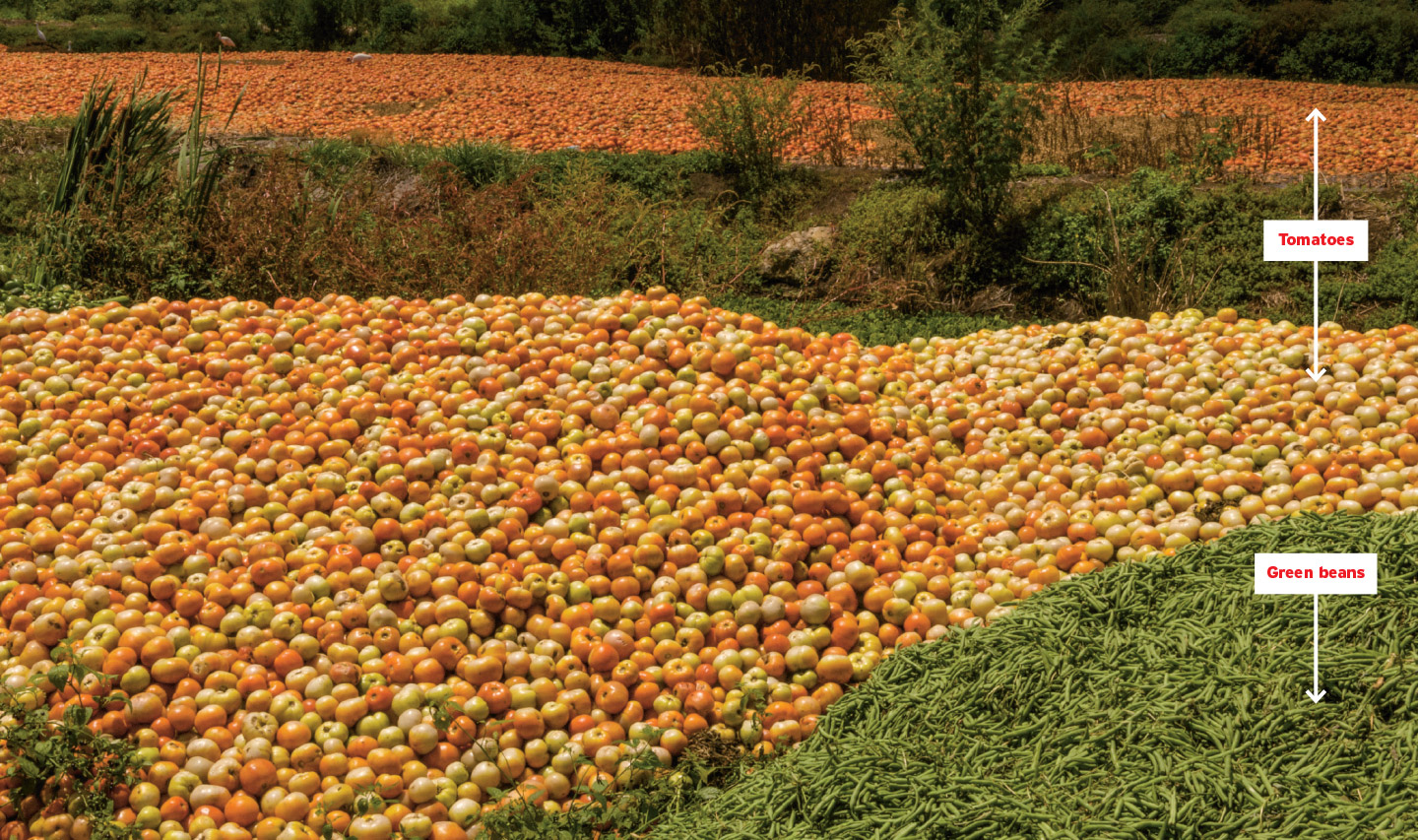Bunches of fresh broccoli, spinach, and kale sit in a 15-foot-tall stack, ripe for the picking. The greens look good enough to eat, but there isn’t a single shopper in sight—and for good reason. The vegetables are piled in a landfill in California’s Salinas Valley.
The area produces about 70 percent of U.S. salad greens, but not all of them reach consumers. Local growers regularly dump truckloads of vegetables into the landfill because the produce is misshapen, has minor bruises, or won’t stay fresh long enough to be shipped to stores across the country. There, it’s left to rot. And the worst part? The dumped vegetables are just the tip of the food waste iceberg.
The United States throws away 40 percent of its food supply each year—about 130 billion pounds, according to the Natural Resources Defense Council (NRDC). Worldwide, roughly one-third of all food produced goes uneaten.
In addition to farms trashing edible vegetables, grocery stores regularly throw away older goods to make room for new ones, restaurants serve huge portions and toss their buffet contents every night, and many people dump leftovers from meals they don’t finish. At the same time, about one in six Americans lacks reliable access to affordable, nutritious food.
Reducing food waste and ending hunger go hand in hand, experts say. According to the U.S. Department of Agriculture (USDA), we could feed 25 million Americans a year by trimming food waste by just 15 percent.
In 2015, the USDA announced an ambitious goal: to cut the country’s food waste in half by 2030. That could have a huge impact on hunger—and the environment.
“The United States enjoys the most productive and abundant food supply on Earth, but too much of this food goes to waste,” then-Agriculture Secretary Tom Vilsack said when the initiative was announced.

